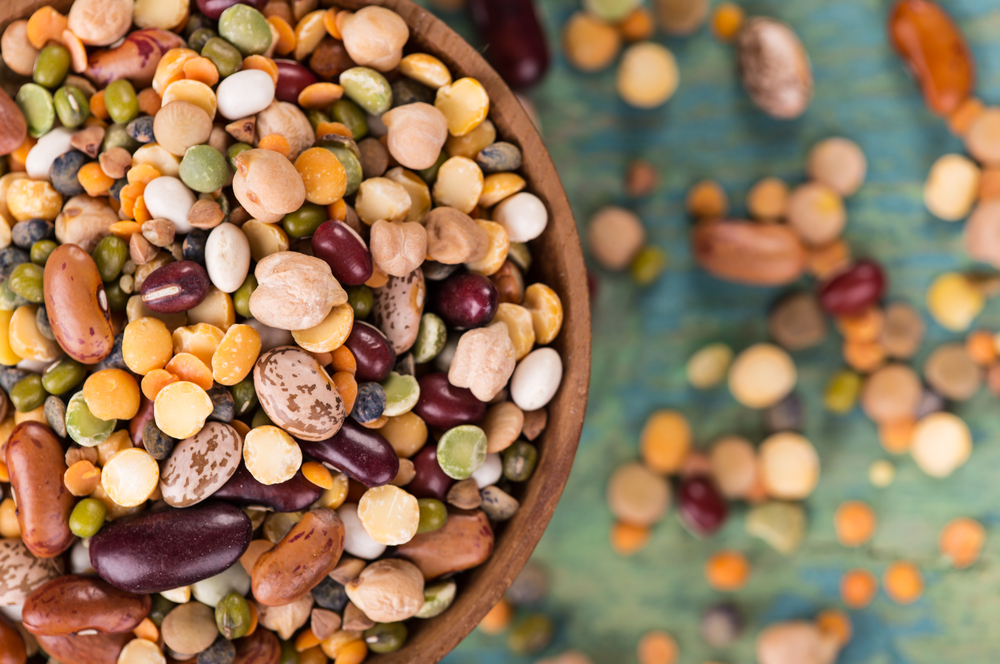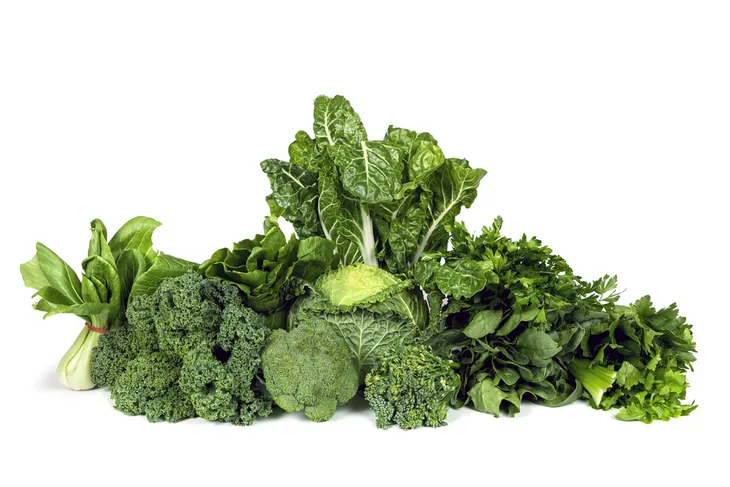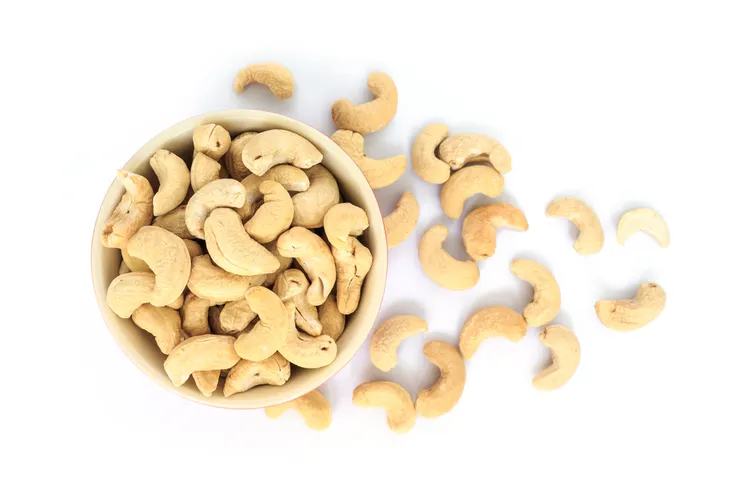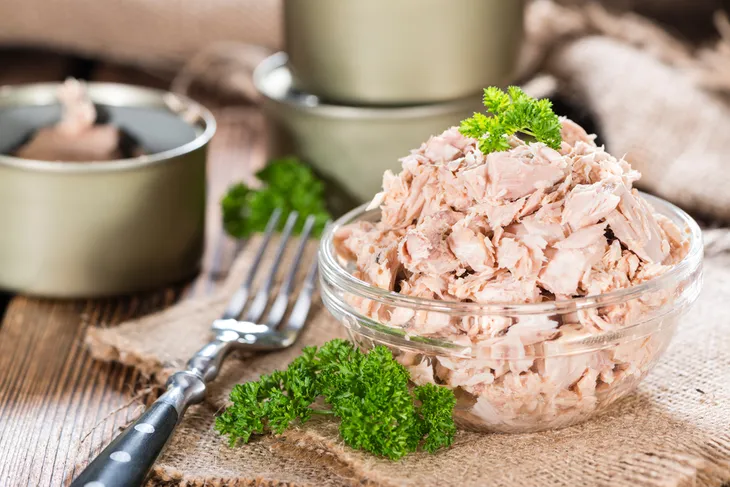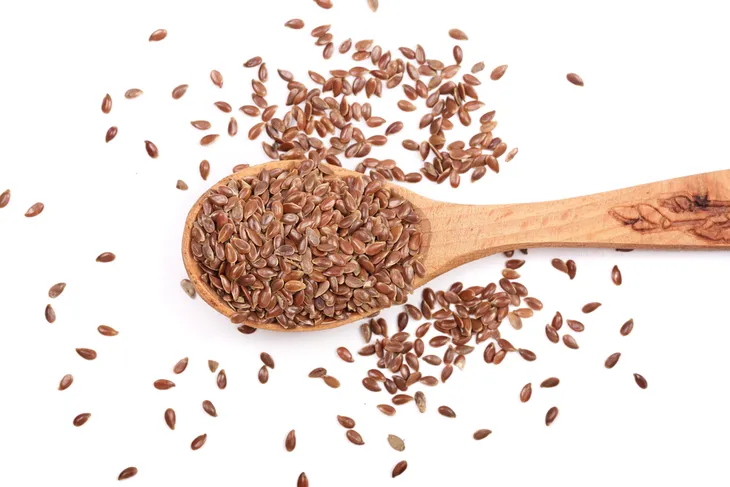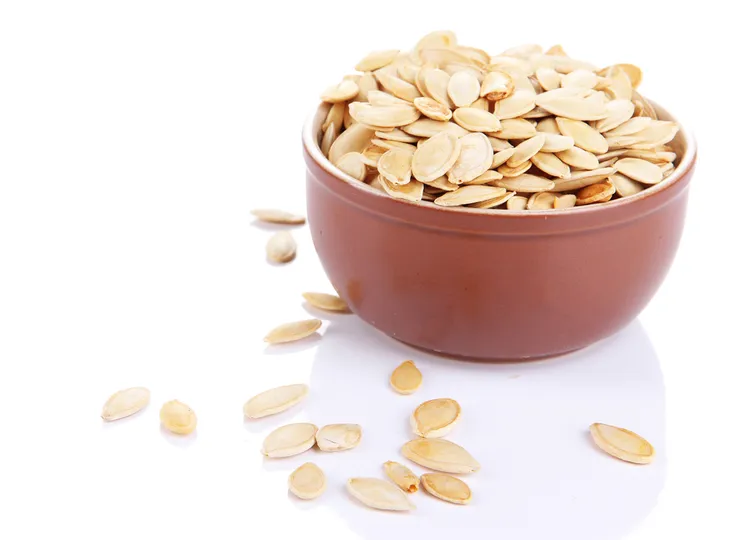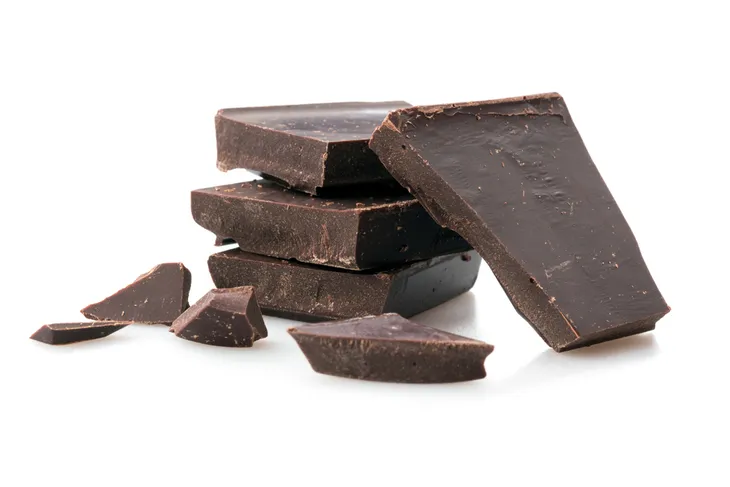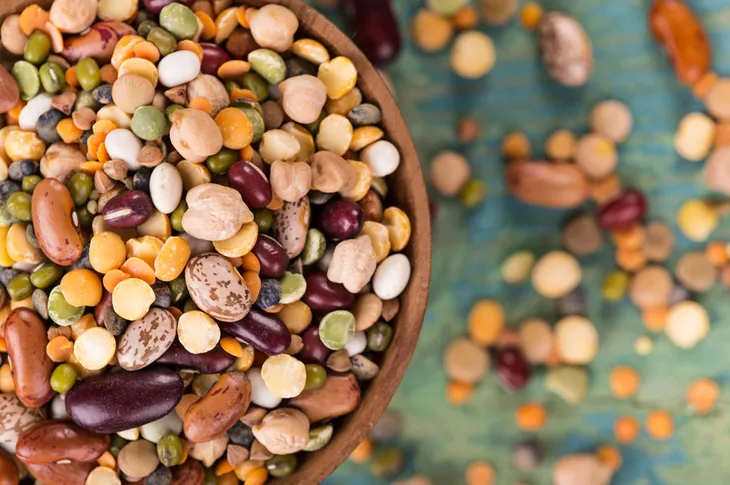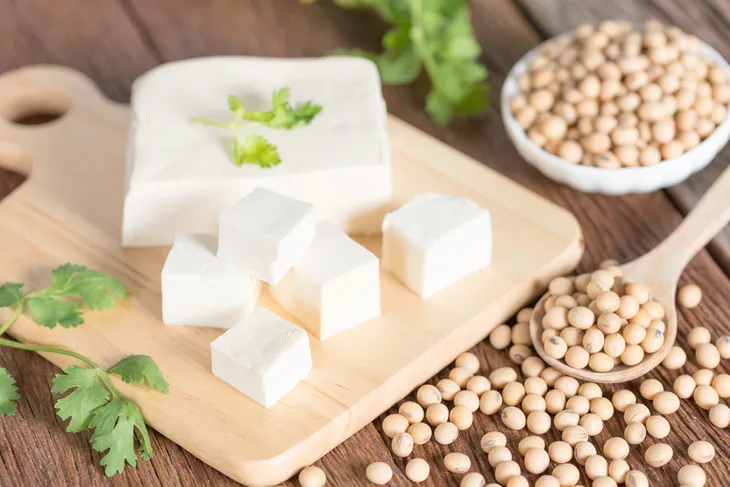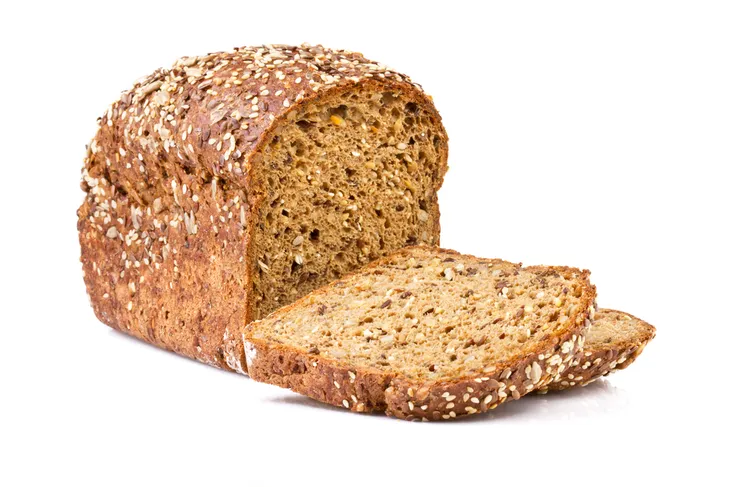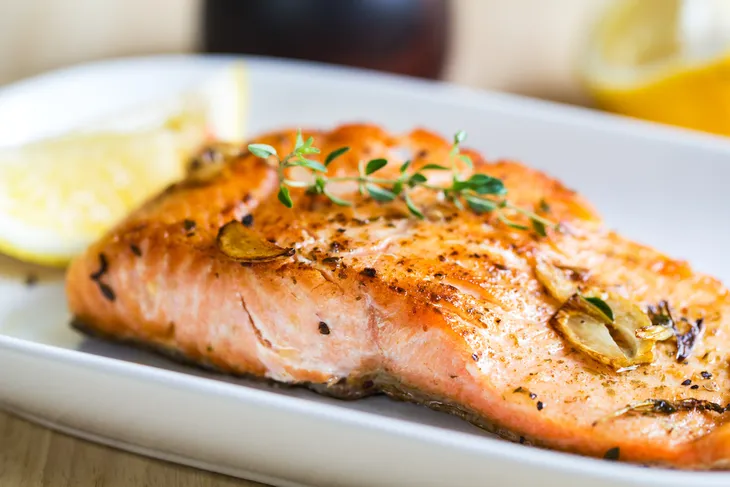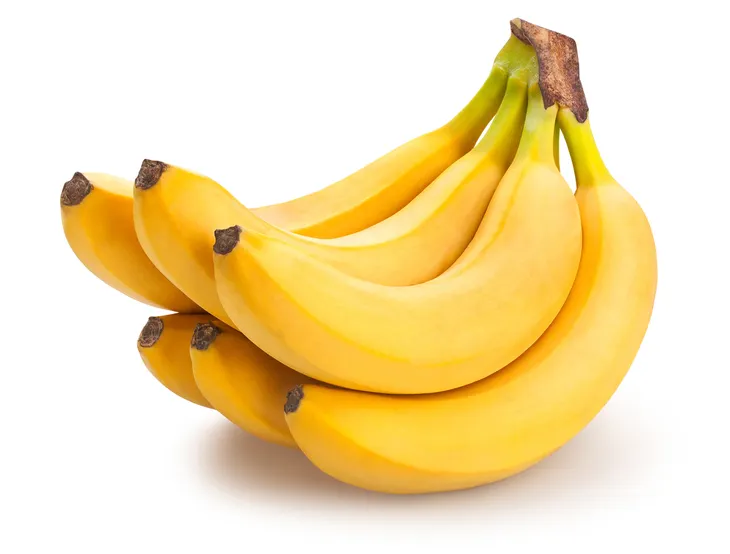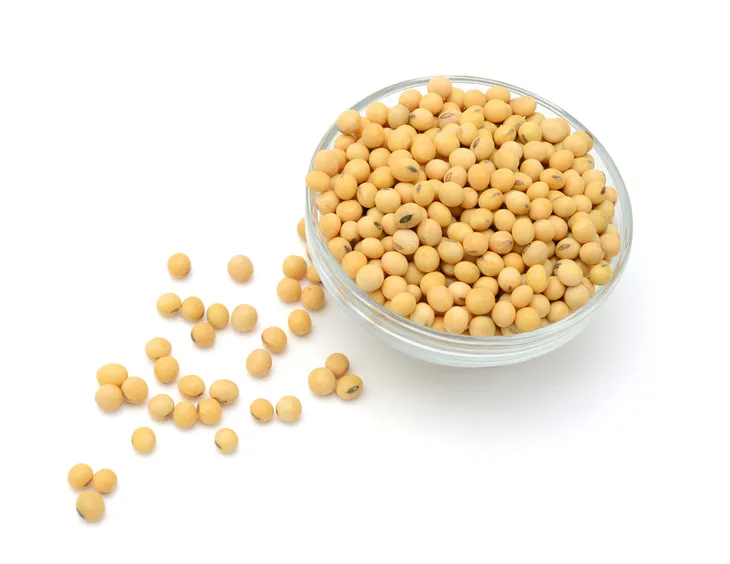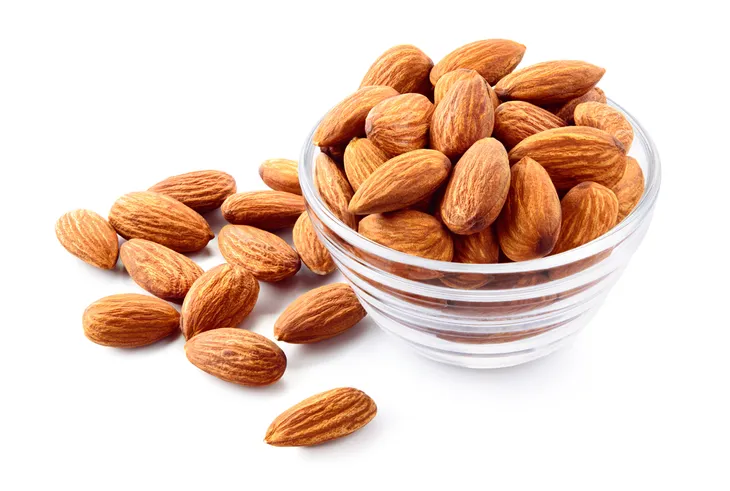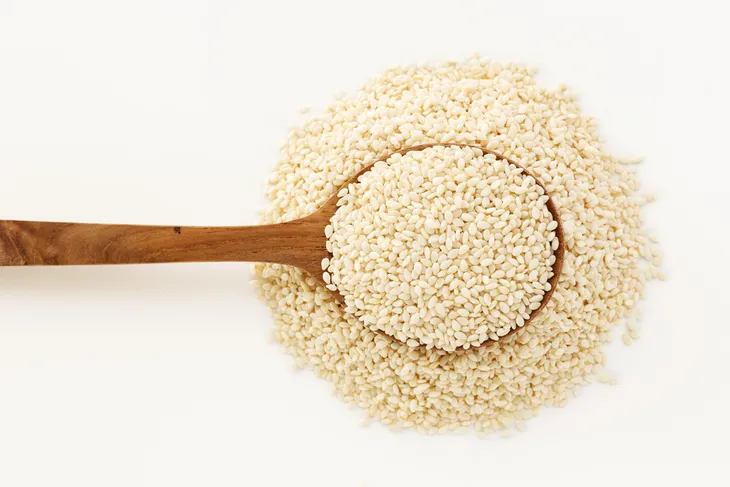We know magenisum is important, but why? The truth is that magnesium performs a number of important functions — it helps our bodies break down the proteins we eat; it helps maintain our blood-sugar levels; it keeps our blood pressure under control; it even helps encourage the proper functionality of our muscles and nerves.
And that’s not all: failing to get enough of this mineral in your diet could leave your mental health in danger, with depression a known side effect of insufficient magnesium. So, now that you understand why it’s important to get magnesium, what foods can you look to for a supply?
Think you have a magnesium deficiency? Try Doctor’s Best High Absorption Magnesium Supplements – A 4+-star Amazon product with over 5,500 consumer reviews. (As an Amazon Associate this site may earn from qualifying purchases.)
Want diet & nutrition content delivered straight to your inbox? Sign up for our exclusive diet & nutrition newsletter!
1. Avocados
Avocado, the popular fruit that’s most known for its role in guacamole, tastes more like a vegetable and makes a great addition to any sandwich or salad. But did you know that it’s absolutely jam-packed with magnesium?
Avocados are also a great source of potassium and protein, which helps keep us feeling full and aids in the muscle-building process. Just keep in mind that, unlike most fruits and vegetables, avocados are high in fat. Generally speaking, this is the “good” fat — it’s unsaturated fat — but it’s still a good idea to consume them in moderation.
2. Leafy Vegetables
It may come as no surprise that dark, leafy veggies like swiss chard, kale, and spinach are packed with magnesium. These kinds of vegetables, which have been considered “superfoods” for some time now, make an excellent addition to just about any dish. Not only are they high in magnesium, which can help regulate blood sugar and blood pressure levels, but they contain virtually no calories or fat.
Of course, that means they may not be very popular with every member of your family, especially the little ones. To mask the bold and sometimes bitter flavor of dark, leafy veggies like kale and spinach, cut them up into small pieces and try slipping them into particularly spicy dishes, like spaghetti sauce, curry, or chili. If you’re adding these superfoods to a smoothie — and that’s an excellent idea — you can mask their flavor by adding fruit like bananas, strawberries, blueberries, and raspberries.
3. Cashews
Magnesium is present in high quantities in cashews, the delicious, buttery-tasting nuts. And because magnesium plays an important role in regulating blood-sugar and blood-pressure levels, that means cashews can help individuals with high cholesterol, hypertension, and other significant heart health issues.
Of course, like some of the other food items on this list — like dark chocolate and avocados — cashews are high in fat and calories. That means a handful of them each day should be enough to get the benefits of magnesium without introducing new health concerns.
4. Tuna Fish
The tuna is one very popular fish. Whether consumed raw in sushi or mixed with mayonnaise and dill in a tuna sandwich, it’s arguably the most versatile sources of protein out there. But it’s also jam-packed with magnesium, which can help people with diabetes and heart conditions regular their blood sugar and blood pressure levels.
Of course, tuna fish isn’t the perfect food item. While it’s high in protein and magnesium and low in calories and fat, it can contain significant amounts of mercury, which is very unhealthy if consumed in high quantities. Meanwhile, canned tuna — easily the most popular and affordable way to get tuna — contains lots of added salt, which will be a problem for people with heart conditions. So, try to limit your consumption of tuna and try to stick to the fresh variety.
5. Flaxseeds
Flaxseeds, like some of the other foods on this list, have qualified for “superfood” status in recent years. There’s a few reasons for this: first, they’re high in omega-3 fatty acids, which have been shown to improve heart health and boost brain functionality. Second, they’re high in protein, which can keep you going and curb cravings for less healthy food items. Finally, flaxseeds are very high in magnesium, which can help regulate blood sugar and blood pressure levels.
Flax seeds don’t exactly bounce with flavor, so consider adding them to mixed dishes, like salads, sauces, and cereals. You can also find flaxseed in many whole grain breads and it’s available in oil and pill form for quick consumption.
6. Pumpkin Seeds
Every October brings a new Halloween and, for many people, lots of pumpkin carving. That means lots of scooping out pumpkin guts and, if you’re smart, separating out and roasting the pumpkin seeds. With a bit of oil and salt — and perhaps a dash of garlic powder — roasted pumpkin seeds make for a delicious snack.
But you shouldn’t restrict your consumption of pumpkin seeds to the weeks surrounding Halloween. That’s because they’re very high in magnesium, which can help your body in a variety of ways. Just make sure to leave on the shells, which contain many of the most helpful nutrients found in pumpkin seeds.
7. Dark Chocolate
As if anyone needed another reason to eat chocolate! Surprisingly, dark chocolate contains a significant amount of magnesium. However, this depends largely on the cocoa percentage — the higher, the better, with over 60-percent being ideal. This means the (generally more popular) milk chocolate won’t do you much good.
That said, even dark chocolate has its drawbacks. Like milk chocolate, it’s high in fat, sugar and calories. For these reasons, it’s best to consume it in moderation — in other words, just because dark chocolate is rather high in magnesium doesn’t mean you can binge on it!
8. Legumes
The word legumes is an umbrella term for several different foods like lentils, beans, chickpeas, peas, and soybeans. Basically any and all of these foods are rich in magnesium. Healthline points out that 1-cup of cooked black beans can provide 332-mg of magnesium which is 100-percent of the daily recommended amount depending on age and gender.
In addition to being high in magnesium, legumes are also rich in fiber and high in potassium and iron. This makes them a great source of protein for vegetarians. “Because legumes are rich in fiber and have a low glycemic index (GI), they may lower cholesterol, improve blood sugar control and decrease heart disease risk,” writes Healthline.
9. Tofu
Unless you’re a vegan or vegetarian, you probably don’t eat tofu all that often. However that might change after hearing what we have to say next. Not only is tofu a great source of protein, especially in lieu of meat, it’s also a good source of magnesium. Health.com points out that ½-cup of tofu adds up a whopping 37-milligrams of magnesium.
In addition to that, a ½ of tofu provides 43-percent of the recommended daily amount of calcium and a good amount of iron. “You also get a dose of iron, a mineral the body needs to produce hemoglobin — the protein that helps red blood cells deliver oxygen throughout the body,” writes the source.
10. Whole Grains
We are usually told to steer clear of any and all kinds of bread, but in reality, as long as you’re eating whole grain bread and not white bread, it can provide some much-needed health benefits. Whole grains are full of nutrients, including magnesium. According to Healthline, 1-ounce serving of dry buckwheat bread (28-grams) provides 65-mg of magnesium which is 16-percent of our daily recommended amount.
Some other great benefits are that whole grains have shown to reduce inflammation and the risk of heart disease. “Pseudocereals like buckwheat and quinoa are higher in protein and antioxidants than traditional grains like corn and wheat,” writes the source. People with a gluten sensitivity can still reap the benefits because there are gluten-free options.
11. Fatty Fish
According to the American Heart Association (AHA), we should all be eating fatty fish at least two times a week. The best fatty fish to eat to get the most health benefits are fish like mackerel, wild salmon, halibut, and tuna. These all contain a healthy dose of magnesium, as well as vitamin D and omega-3 fatty acids, says Everyday Health.
When it comes to magnesium, Healthline points out that half a fillet (178-grams) of salmon contains 53-mg of magnesium which is about 13-percent of the recommended daily intake. It also provides 39-grams of protein. Fatty fish like salmon will also provide potassium, selenium, B vitamins, and other nutrients, says the source. Eating these types of fish has also been linked to lowered risk of chronic diseases like heart disease.
12. Bananas
Bananas are usually associated with their bone-strengthening potassium levels, but that’s not all they are good for! This peelable fruit is also “one of the best sources of resistant starch, a healthy carb that fills your belly and fires up your metabolism,” writes Health.com. The source also points out that one medium-sized banana contains 33-milligrams of magnesium, is about only 100-calories, and contains vitamin C and fiber.
You can easily enjoy this fruit on the go, as a light breakfast, or even add it to other meals like oatmeal, toast, smoothies and cereal. If you’re not a huge fan of bananas, you can also get a decent amount of magnesium from strawberries, blackberries, grapefruit, tangerines, and figs, says Everyday Health.
13. Soybeans
Soybeans aren’t the most popular food, but those who like them are in for a real treat because they’re one of the most magnesium-rich foods out there! Not only that, but Everyday Health also states that they are high in fiber, vitamins, minerals and amino acids (the building blocks of protein).
For a healthy snack midway through the day, munch on about ½-cup of dry roasted soybeans to be “a rich source of energy, magnesium, and protein, or add fresh soybeans (edamame) to your shopping list,” writes the source.
Don’t like soybeans? No problem! Everyday Health defers you to try similar magnesium-rich foods like black beans, kidney beans, white beans, chickpeas, black-eyed peas, or lentils.
14. Almonds
Almonds are probably one of the most popular nuts, especially when it comes to snacking. They are super easy to eat on the go, they are fairly bland in taste and they’ve got lots of good health benefits. The only downside of almonds is that we have to be careful not to eat too many. Their benefits can only be enjoyed if they’re eaten in moderation.
Health.com explains that almonds are rich in “vitamin E, an antioxidant that keeps the immune system strong and eyes healthy.” It also states that they contain lots of protein and heart-healthy omega-3 fatty acids. But the real reason this nut lands on this list is because in only ¼-cup there is 105-milligrams of magnesium!
15. Sesame Seeds
Sesame seeds are teeny tiny little seeds that we often don’t really give much thought to. We don’t usually eat them on their own or add them into cooking all that often, but they are often found in various dishes, on bagels, in salads, or even on crackers.
Despite their small size, these little seeds have some pretty big health benefits. One ounce of roasted sesame seeds contains a whopping 64-milligrams of magnesium! They’re also chock-full of zinc, iron, and vitamin B-6.
